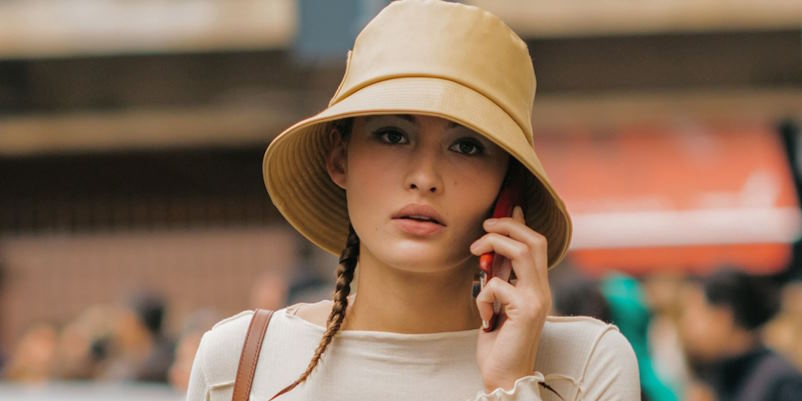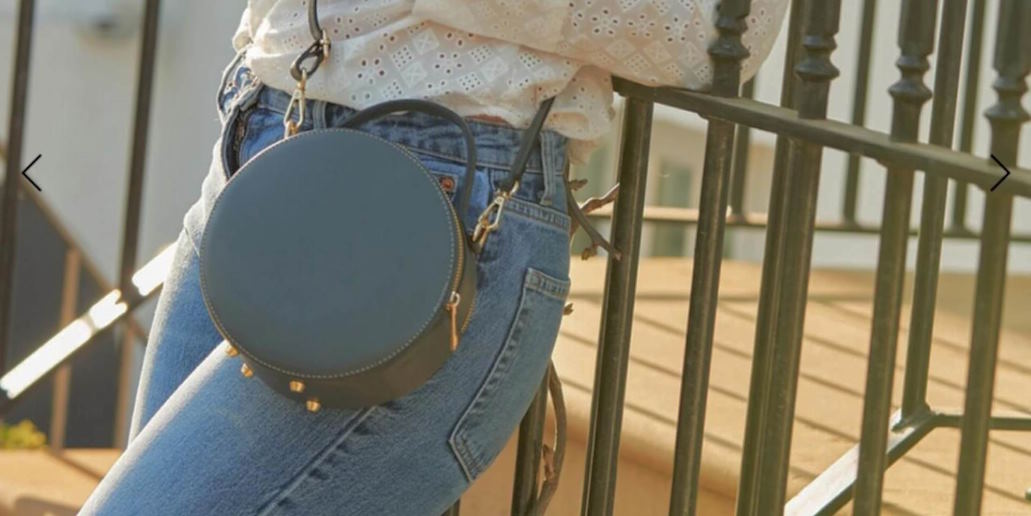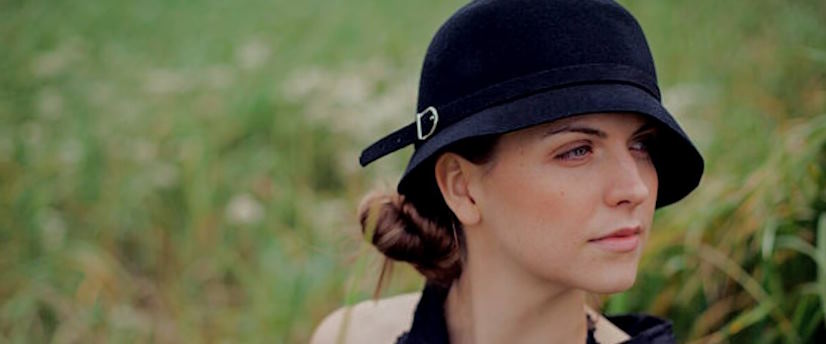The 1920s, often called the “Roaring Twenties,” was a transformative era characterized by cultural shifts, economic prosperity, and social change. At the heart of this transformation was the emergence of the “flapper” – an iconic figure who challenged traditional gender norms and redefined the concept of modern femininity. This article will explore the flapper revolution, its impact on society, and how flappers embraced a liberated style.
The Rise of the Flapper
The term “flapper” was originally used to describe a young bird learning to fly, suggesting a sense of youthful independence and experimentation. In the context of the 1920s, a flapper was a young woman who rejected the conventional norms of her time.
Challenging Traditional Gender Norms
Flappers challenged the traditional roles assigned to women in the early 20th century. They embraced newfound freedoms and questioned societal expectations. Key elements of this challenge included:
Fashion Rebellion
Flappers rejected the long, restrictive clothing of the Victorian era in favor of shorter skirts, dropped waists, and sleeveless dresses. These styles allowed for greater mobility and were a visible symbol of rebellion.
Bobbed Hair
Flappers famously adopted short, bobbed hairstyles that defied previous generations’ long, elaborate hairstyles. This bold move was seen as a statement of independence.

Makeup Revolution
They also popularized makeup, which had previously been associated with stage performers and considered inappropriate for everyday use. Bold red lips and smoky eyes became hallmarks of the flapper look.
Embracing a Liberated Lifestyle
Flappers embraced a lifestyle characterized by a desire for fun, freedom, and adventure. They frequented speakeasies during the Prohibition era, where they danced to jazz music and openly consumed alcohol. It marked a significant departure from the prevailing moral conservatism.
The Influence of Pop Culture and Icons
Flappers were celebrated in popular culture, with iconic figures like Clara Bow and Louise Brooks epitomizing the flapper spirit on the silver screen. These cultural representations helped disseminate the flapper image to a broader audience.



